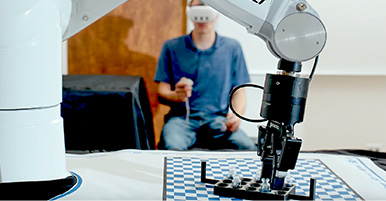Citation
Barnett, RL, & Ziemba, AAE. “Water Sport Tow Ropes.” Proceedings of the ASME 2009 International Mechanical Engineering Congress and Exposition. Volume 13: New Developments in Simulation Methods and Software for Engineering Applications; Safety Engineering, Risk Analysis and Reliability Methods; Transportation Systems. Lake Buena Vista, Florida, USA. November 13–19, 2009. pp. 349-357. ASME. https://doi.org/10.1115/IMECE2009-10051
Abstract
With the exception of tubing, towed water sports are afflicted by “wipeouts” that cause the athlete to release the handle of the tow rope. Once released, the resilience of the tow rope allows the rope and handle to spring toward the motorboat with the potential for overtaking the craft and impacting its crew. This paper examines this safety problem; specifically, it analyzes the wakeboard which subsumes water skiing, slaloming, kneeboarding and barefooting. A first order formulation is developed for describing the tow handle trajectory in terms of the system geometry, the skier’s grip strength and the mechanical properties of the tow rope. A rope stiffness criterion is established that guarantees the released tow handle will fall harmlessly into the water as opposed to striking the motorboat. The handle fight time and maximum impact speed are predicted for a worst case scenario. Further, the formulation provides a guideline for refining its conservative predictions by testing rope candidates.


